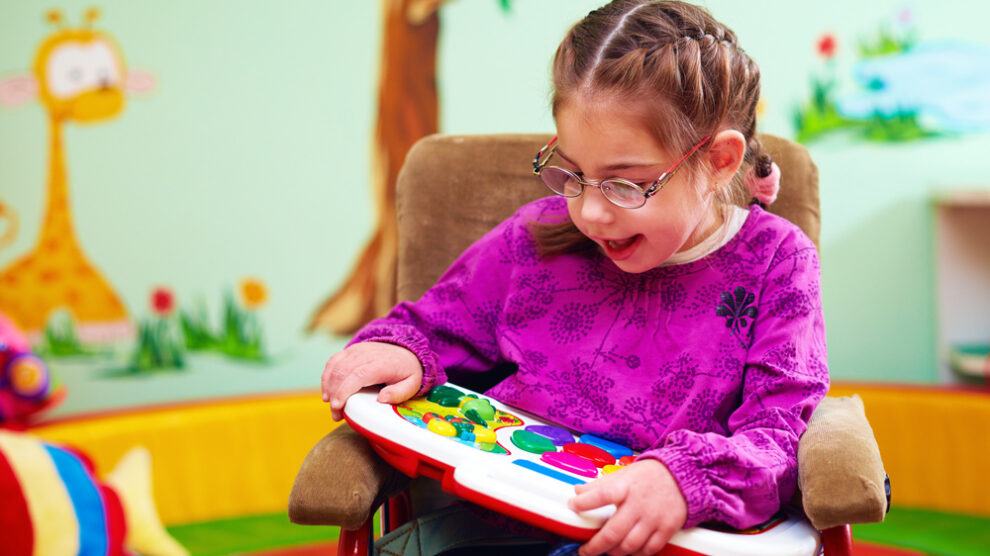Definition and Importance
Birth injury settlements and verdicts are legal resolutions for cases where a newborn is harmed due to medical negligence. These settlements are crucial as they provide financial support to families, helping them cover medical expenses and other related costs.
Common Causes of Birth Injuries
Birth injuries can occur due to various reasons, including:
- Medical negligence during delivery
- Improper use of medical tools
- Failure to monitor the baby’s vital signs
- Delayed C-sections
Types of Birth Injuries Covered
Several types of birth injuries are typically covered in these cases, such as:
- Cerebral palsy
- Brachial plexus injuries
- Hypoxic-ischemic encephalopathy (HIE)
- Fractures and broken bones
Understanding these aspects can help families navigate the complex legal landscape and seek the justice they deserve.
Factors Influencing Birth Injury Settlements
Severity of the Injury
The severity of the injury plays a crucial role in determining the settlement amount. Severe injuries, such as cerebral palsy or hypoxic-ischemic encephalopathy (HIE), often result in higher compensation due to the extensive medical care and lifelong support required. Children with severe conditions may need daily medical assistance, special education, and mobility aids, which significantly increase the economic damages.
Medical Negligence
Medical negligence is another critical factor. If it can be proven that the healthcare provider failed to meet the standard of care, the settlement amount is likely to be higher. This includes errors during delivery, failure to monitor the baby’s vital signs, or not performing necessary medical procedures in time. The more evident the negligence, the stronger the case for a higher settlement.
Jurisdictional Differences
Jurisdictional differences can also impact the settlement value. Different states have varying laws and caps on medical malpractice claims. Some jurisdictions may have higher limits on non-economic damages, such as pain and suffering, while others may impose strict caps. Understanding the legal landscape of the jurisdiction where the case is filed is essential for predicting the potential settlement amount.
The Legal Process for Birth Injury Claims
Filing a Claim
The first step in a birth injury lawsuit is filing a claim. This involves getting a free consultation with a birth injury lawyer. During this consultation, the lawyer will listen to your story, ask questions about your child’s injury, and determine if you have a case. If the lawyer believes you have a valid claim, they will proceed to file the lawsuit on your behalf. This step is crucial as it starts the formal process of seeking compensation from those responsible.
Gathering Evidence
Once the claim is filed, the next step is gathering evidence. Your legal team will conduct a thorough investigation to collect detailed evidence. This may include:
- Expert testimonies from medical specialists
- Medical records of prenatal care, labor, and delivery
- Photographs or videos of injuries
- Statements from witnesses present during childbirth
- Treatment records showing ongoing care and costs
This evidence is essential to prove medical malpractice and build a strong case for your birth injury lawsuit.
Negotiating Settlements
After gathering evidence, the next step is negotiating settlements. Lawyers specializing in birth injury lawsuits will negotiate with the negligent medical professionals and their insurance companies on your behalf. They aim to secure a settlement that covers your child’s medical expenses, ongoing care, and other related costs. If a settlement isn’t reached, your birth injury lawsuit may proceed to court. However, it’s important to note that roughly 95% of personal injury lawsuits settle out of court.
Settlements vs. Court Awards in Birth Injury Cases
Advantages of Settlements
Most birth injury cases are resolved through settlements, which are agreements made between the parties involved to avoid going to court. Settlements are generally less risky and quicker compared to court awards. Families can receive monetary compensation faster, allowing them to focus on caring for their child. Settlements also tend to be less stressful and less expensive than court trials.
Risks of Going to Court
While court awards can sometimes result in higher compensation, they come with significant risks. Court cases are often time-consuming and costly. There’s also the uncertainty of the outcome, as the decision is left to a judge or jury. Because every matter is different, the description of settlements, awards, and verdicts previously obtained do not guarantee a similar outcome. This unpredictability can be stressful for families already dealing with the emotional and financial strain of a birth injury.
Case Studies of Settlements and Verdicts
Several high-profile cases highlight the differences between settlements and court awards. For instance, in some cases, families have received substantial compensation through settlements, easing the financial burden caused by caring for a child with special needs. On the other hand, some court awards have resulted in even higher compensation but required lengthy legal battles. Each case is unique, and the best approach depends on the specific circumstances and the advice of legal professionals.
Tax Implications of Birth Injury Compensation
Tax-Exempt Components
When families receive compensation for birth injuries, it’s important to understand the tax implications. Generally, personal injury settlements and awards, including those for birth injuries, are tax-exempt at both state and federal levels. This means that the money received for medical expenses, pain and suffering, and other non-punitive damages is not subject to income tax. This exemption is outlined in IRC Section 104, which covers compensation for injuries or sickness.
Taxable Components
However, not all parts of a settlement are tax-free. Certain components, such as punitive damages, may be taxable. Punitive damages are awarded to punish the negligent party and deter similar actions in the future. Additionally, any interest earned on the settlement amount is also taxable. It’s crucial to differentiate between the tax-exempt and taxable portions of the compensation to avoid any surprises during tax season.
Consulting a Tax Professional
Given the complexities involved, consulting with a tax professional is highly recommended. A tax expert can help families navigate the intricate tax laws and ensure that they comply with all regulations. They can also provide guidance on how to manage the compensation effectively, ensuring that the financial support is used in the best possible way for the child’s care and other needs.
Resources and Support for Affected Families
Families dealing with birth injuries have access to a variety of resources and support systems that can provide both emotional and practical assistance. These resources are essential in helping families navigate the challenges that come with birth injuries and ensure the best possible care for their child.
Recent Notable Birth Injury Settlements and Verdicts
High-Profile Cases
Several high-profile birth injury cases have resulted in significant settlements and verdicts. For instance, a $6.8 million settlement was reached in a New Jersey case involving cerebral palsy due to the failure to timely deliver a baby. Another notable case includes a $33.1 million verdict in Florida, where a child suffered severe brain injuries due to oxygen deprivation during delivery, leaving the child in a near vegetative state.
Average Settlement Amounts
The amounts awarded in birth injury cases can vary widely. However, some average figures can provide a general idea. For example:
- $6 million for a New York case in 2019 involving hypoxic-ischemic encephalopathy (HIE) and spastic quadriplegia.
- $4.2 million in Maryland for a child who suffered HIE, resulting in cortical blindness and developmental delays.
- $4.65 million in Cincinnati for a case where nurses failed to react quickly to warning signs during delivery.
Factors Leading to High Compensation
Several factors can lead to high compensation in birth injury cases. These include the severity of the injury, the level of medical negligence involved, and the jurisdiction in which the case is tried. For example, in the $6.8 million settlement in New Jersey, the failure to timely deliver the baby was a critical factor. Similarly, in the $33.1 million verdict in Florida, the severe brain injuries and the need for lifelong care significantly influenced the compensation amount.








